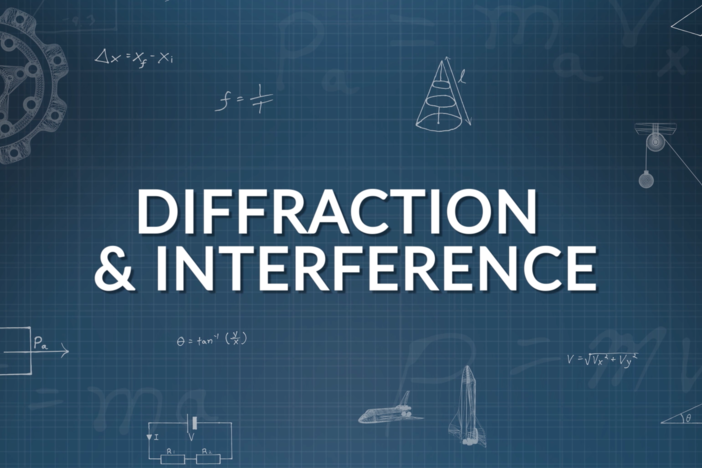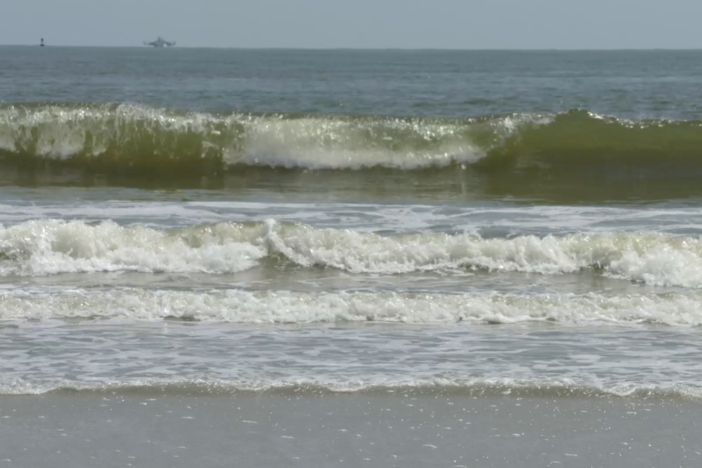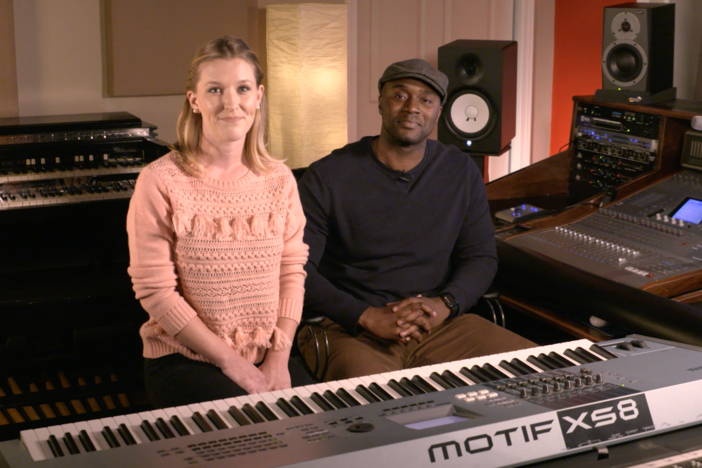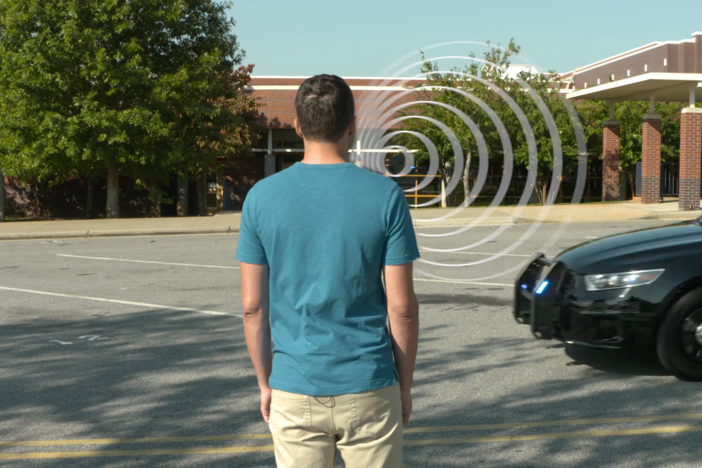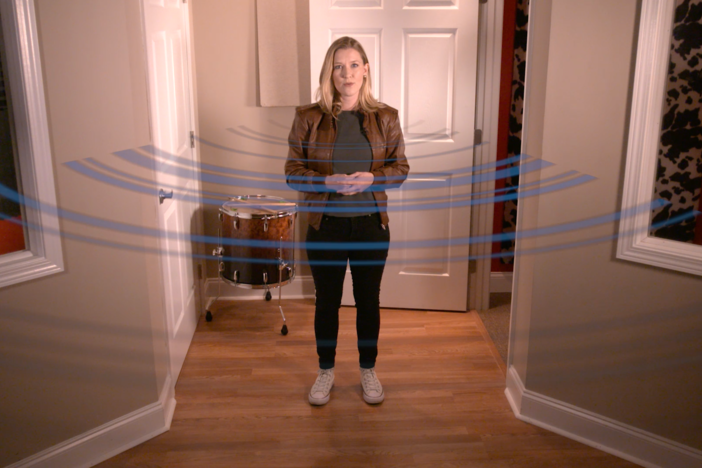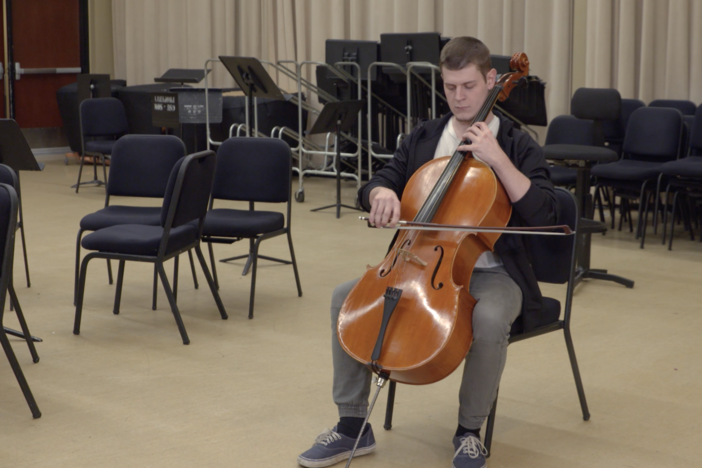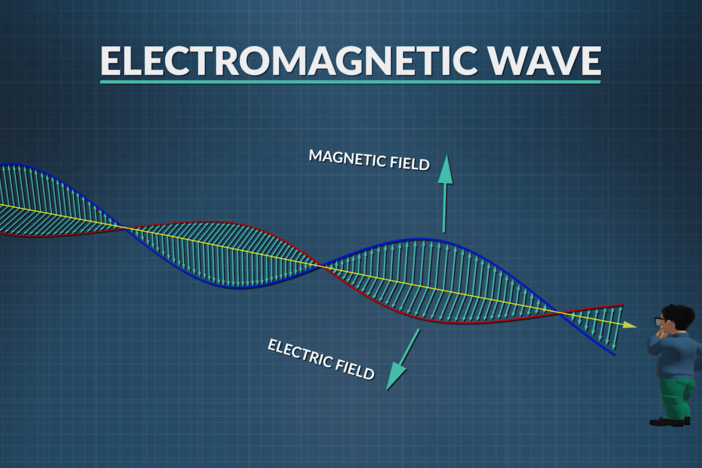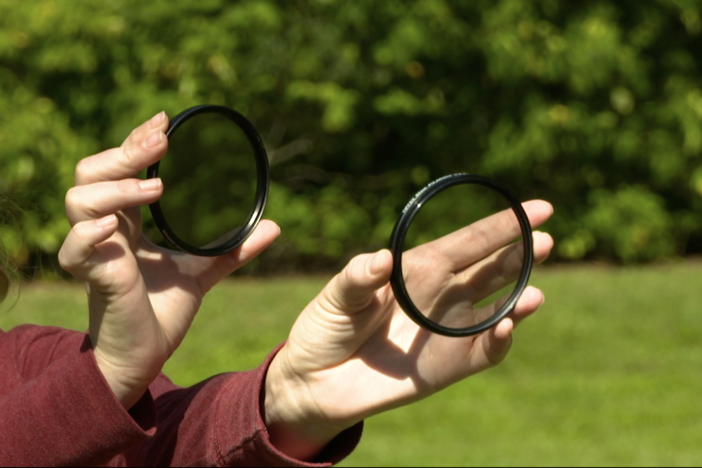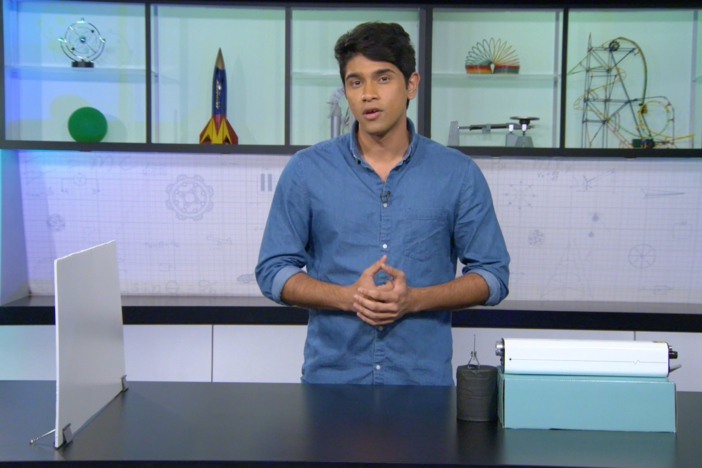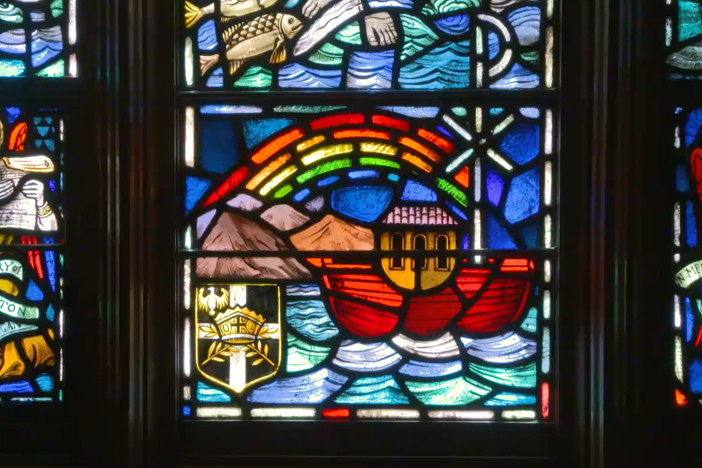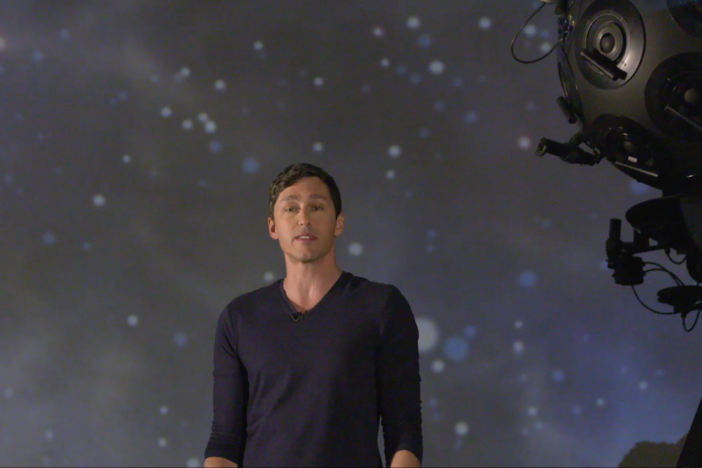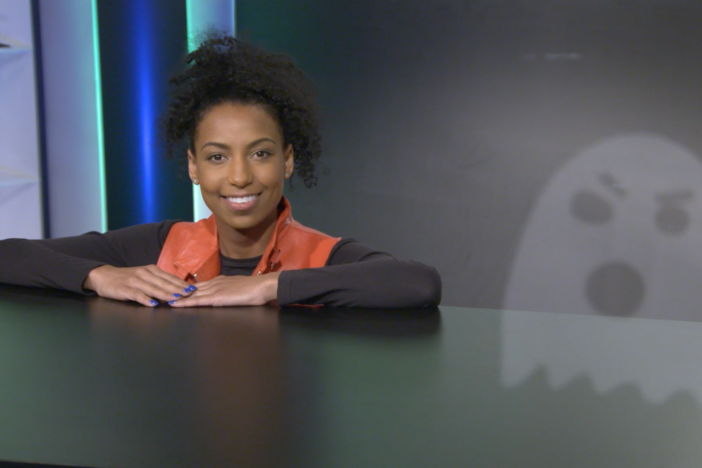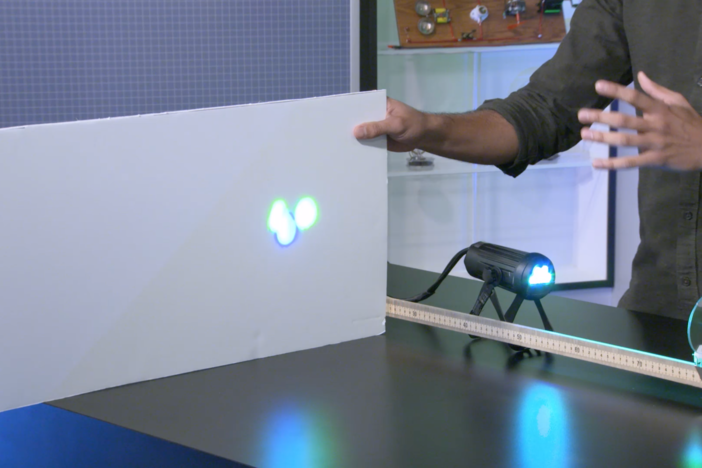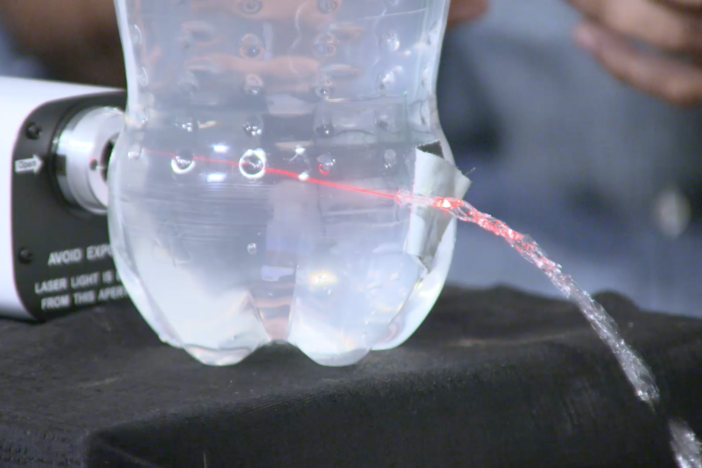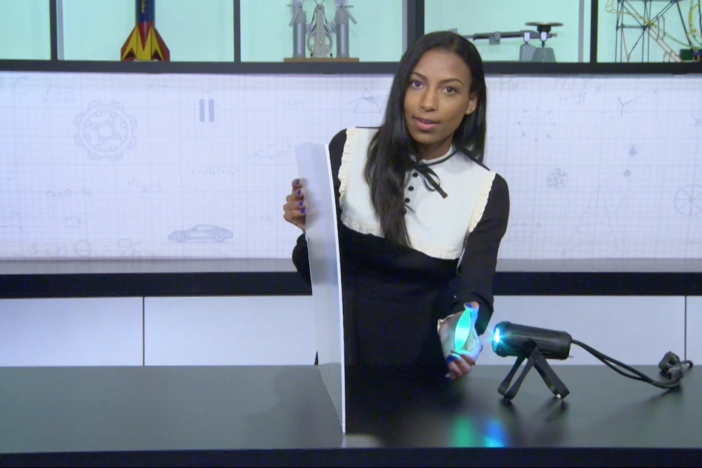Segment D: Sound: Diffraction and Interference
We head back to the recording studio to study interference and diffraction of sound waves. We investigate qualitatively how diffraction affects sound waves of various frequencies. We also explore how constructive and destructive interference patterns are created and what that means for what we hear coming from a sound source.
Segment D: Sound: Diffraction and Interference
We head back to the recording studio to study interference and diffraction of sound waves. We investigate qualitatively how diffraction affects sound waves of various frequencies. We also explore how constructive and destructive interference patterns are created and what that means for what we hear coming from a sound source.
Science
Obtain, evaluate, and communicate information about the properties and applications of waves.
Develop and use mathematical models to explain mechanical and electromagnetic waves as a propagating disturbance that transfers energy.
Develop and use models to describe and calculate characteristics related to the interference and diffraction of waves (single and double slits).
Construct an argument that analyzes the production and characteristics of sounds waves.
Plan and carry out investigations to describe changes in diffraction patterns associated with geometry and wavelength for mechanical and electromagnetic waves.
Obtain, evaluate, and communicate information to explain the properties of waves.
Develop models based on experimental evidence that illustrate the phenomena of reflection, refraction, interference, and diffraction.
Obtain, evaluate, and communicate information to support the claim that electromagnetic (light) waves behave differently than mechanical (sound) waves.
Ask questions to develop explanations about the similarities and differences between electromagnetic and mechanical waves.
Develop and use a model to compare and contrast how light and sound waves are reflected, refracted, absorbed, diffracted or transmitted through various materials.
-Define the terms diffraction and interference.
-Explain how double slit diffraction creates interference patterns within sound waves.
-Describe how amplitude is affected by sound waves interfering with one another constructively and destructively.
-Understand how the frequency of a sound wave affects how it is diffracted.
-Describe the principle of superposition.
-Explain what a beat is and be able to calculate it for two given waves that are interfering with one another.
beat - what is heard as changes in amplitude when sound waves with almost identical frequencies interfere with one another.
compression - compressed areas of high pressure in a sound wave.
constructive interference - when two waves are identical in frequency and, in the case of a sound wave, their compressions and rarefactions are aligned in phase.
destructive interference - when two waves interfere and are 180º out of phase with each other.
diffraction - the bending of waves around a barrier.
interference - the combination of two or more waves to form a resultant wave in which the displacement is either reinforced or canceled.
principle of superposition - when waves in space interfere with one another, they combine to form bigger or smaller waves.
rarefaction - areas of lower pressure in a sound wave.
reverberation - the compounding of many reflected soundwaves upon one another within a space.
The Physics in Motion teacher toolkit provides instructions and answer keys for study questions, practice problems, labs for all seven units of study. GPB offers the teacher toolkit at no cost to Georgia educators.To order your teacher toolkit, complete and submit this form to request the teacher toolkit. You only need to submit this form one time to get materials for all seven units.
